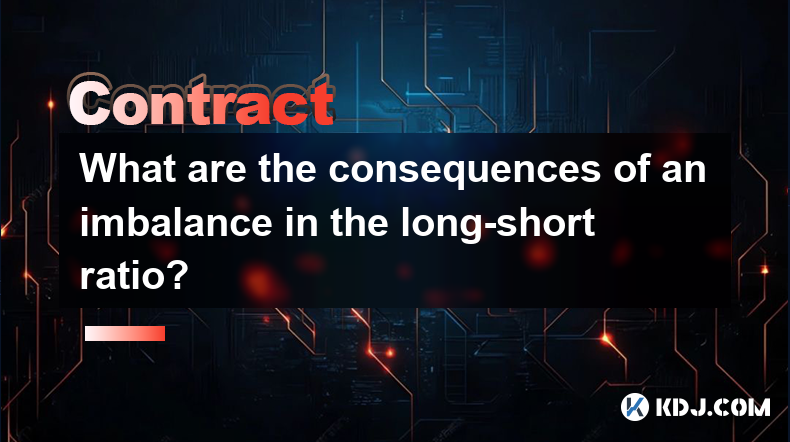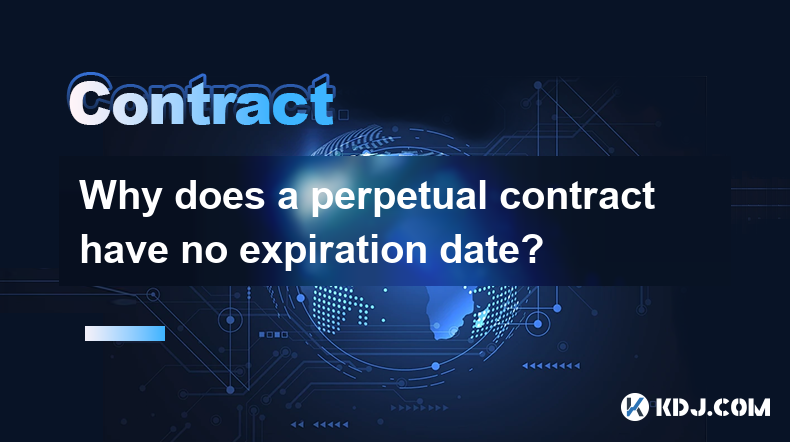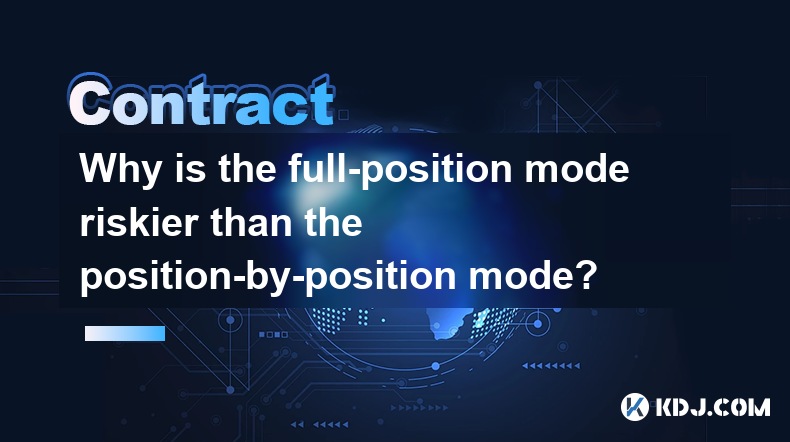-
 Bitcoin
Bitcoin $94,347.6172
0.61% -
 Ethereum
Ethereum $1,809.4153
1.39% -
 Tether USDt
Tether USDt $1.0003
0.00% -
 XRP
XRP $2.2108
0.44% -
 BNB
BNB $604.2399
-0.48% -
 Solana
Solana $149.5086
-3.21% -
 USDC
USDC $1.0000
-0.01% -
 Dogecoin
Dogecoin $0.1832
0.66% -
 Cardano
Cardano $0.7182
0.12% -
 TRON
TRON $0.2501
2.95% -
 Sui
Sui $3.5265
-3.39% -
 Chainlink
Chainlink $14.9717
-1.22% -
 Avalanche
Avalanche $22.2066
-1.02% -
 Stellar
Stellar $0.2937
3.46% -
 Shiba Inu
Shiba Inu $0.0...01443
1.43% -
 UNUS SED LEO
UNUS SED LEO $9.0853
-1.79% -
 Hedera
Hedera $0.1934
-1.49% -
 Toncoin
Toncoin $3.2467
0.20% -
 Bitcoin Cash
Bitcoin Cash $362.9711
-1.66% -
 Polkadot
Polkadot $4.2785
-0.39% -
 Litecoin
Litecoin $86.9974
1.92% -
 Hyperliquid
Hyperliquid $17.8467
-5.22% -
 Dai
Dai $1.0000
0.00% -
 Bitget Token
Bitget Token $4.4422
-0.68% -
 Ethena USDe
Ethena USDe $0.9995
-0.01% -
 Pi
Pi $0.6482
-0.82% -
 Monero
Monero $228.7092
-0.17% -
 Pepe
Pepe $0.0...09399
4.63% -
 Uniswap
Uniswap $5.8838
-0.19% -
 Aptos
Aptos $5.6003
0.56%
Tutorial on Binance leverage shorting
By effectively utilizing leverage shorting strategies on Binance, investors can potentially enhance their profit potential in falling markets while also employing it as a hedging technique to mitigate portfolio risks.
Nov 19, 2024 at 05:41 am

Binance Leverage Shorting Tutorial: A Comprehensive Guide to Maximizing Profit Potential
Binance, the world's leading cryptocurrency exchange, offers a wide range of trading options, including leverage shorting. This advanced trading strategy allows traders to potentially enhance their profits by borrowing funds from the exchange to increase their trading positions. However, it's crucial to understand the risks involved and execute leverage shorting effectively. This comprehensive tutorial will guide you through the steps, strategies, and risk management involved in Binance leverage shorting.
Understanding Leverage Shorting
Leverage shorting involves borrowing funds from Binance to amplify your trading positions. When you short an asset, you sell it with the intention of buying it back at a lower price in the future. By utilizing leverage, you can increase the size of your short position beyond your available balance.
Key Benefits of Leverage Shorting:
- Enhanced Profit Potential: Leverage shorting allows you to potentially profit in a falling market. By borrowing funds, you can increase your short position and profit from the decline in asset value.
- Hedging: Leverage shorting can be used as a hedging strategy to protect your portfolio. By taking a short position on an asset, you can offset potential losses in other positions.
Risks Involved in Leverage Shorting:
- Increased Risk of Loss: Leverage shorting magnifies both your profits and losses. A small market movement can result in significant losses if the market moves against your position.
- Margin Calls: If your short position loses too much value, Binance may issue a margin call, requiring you to deposit additional funds to maintain your position or face liquidation.
Step-by-Step Guide to Binance Leverage Shorting
1. Enable Margin Trading on Binance:
- Log into your Binance account and navigate to the "Margin" tab.
- Click on "Enable Margin Trading" and follow the instructions to activate margin trading on your account.
2. Transfer Funds to Your Margin Wallet:
- Transfer funds from your spot wallet to your margin wallet. The amount you transfer will determine your available margin balance.
3. Select a Trading Pair and Apply Leverage:
- Choose the trading pair you want to short and decide on the leverage level. Binance offers leverage options ranging from 1x to 125x.
- Remember, higher leverage amplifies both profits and losses.
4. Place a Short Order:
- Click on the "Sell" button and enter the order details, including the quantity and limit price.
- A limit order allows you to specify the maximum price at which you are willing to sell.
- Your order will be executed once the market price reaches your limit price.
5. Monitor and Manage Your Position:
- Keep a close eye on your margin account balance and the performance of your short position.
- Adjust your position size or leverage level as needed based on market conditions.
- If the market moves against you, you may need to deposit additional funds to avoid a margin call.
Strategies for Successful Leverage Shorting
1. Technical Analysis:
- Use technical analysis tools to identify downtrends and potential shorting opportunities.
- Look for indicators such as moving averages, support and resistance levels, and candlestick patterns.
2. News and Sentiment Analysis:
- Stay abreast of market news and sentiment to gauge the overall direction of the market and identify potential reversal points.
- Negative news and bearish sentiment can contribute to price declines.
3. Position Sizing and Risk Management:
- Carefully manage your risk by setting appropriate position sizes.
- Avoid risking more than you can afford to lose.
- Use stop-loss orders to limit potential losses.
Risk Management for Leverage Shorting
1. Set Stop-Loss Orders:
- Place stop-loss orders to automatically close your position if the price reaches a predetermined level, protecting you from excessive losses.
2. Monitor Margin Level:
- Regularly check your margin level and maintain a healthy balance to avoid margin calls.
- Binance provides alerts and notifications when your margin level drops below a certain threshold.
3. Use Trailing Stop-Loss Orders:
- Set trailing stop-loss orders to adjust the stop-loss price dynamically as the market moves.
- This helps protect profits and limits losses if the market reverses.
4. Manage Your Emotions:
- Stay disciplined and avoid making decisions based on fear or greed.
- Stick to your trading plan and avoid letting emotions cloud your judgment.
Disclaimer:info@kdj.com
The information provided is not trading advice. kdj.com does not assume any responsibility for any investments made based on the information provided in this article. Cryptocurrencies are highly volatile and it is highly recommended that you invest with caution after thorough research!
If you believe that the content used on this website infringes your copyright, please contact us immediately (info@kdj.com) and we will delete it promptly.
- PEPE Coin Price Prediction: Technical Analysis Reveals 'Cup and Handle' Pattern Targeting $0.00001400
- 2025-04-26 18:15:13
- Top 7 Altcoins to Watch in 2025: New Projects, Upgrades, and Trends
- 2025-04-26 18:15:13
- It's Altcoin Season and RUVI Is on Fire
- 2025-04-26 18:10:13
- Bitcoin (BTC) ETF Inflows Surge This Week, Attracting $2.68 Billion in New Investments
- 2025-04-26 18:10:13
- Despite U.S. President Donald Trump's announcement of a dinner event for Official Trump (TRUMP) token holders, the market has seen a significant sell-off.
- 2025-04-26 18:05:13
- 3 Altcoins That Can Increase Significantly in May, Outpacing BTC
- 2025-04-26 18:05:13
Related knowledge

How does Tail Protection reduce the loss of liquidation?
Apr 11,2025 at 01:50am
Introduction to Tail Protection in CryptocurrencyTail Protection is a mechanism designed to mitigate the risks associated with liquidation in cryptocurrency trading. Liquidation occurs when a trader's position is forcibly closed by the exchange due to insufficient margin to cover potential losses. This often happens in leveraged trading, where traders b...

What are the consequences of an imbalance in the long-short ratio?
Apr 13,2025 at 02:50pm
The long-short ratio is a critical metric in the cryptocurrency trading world, reflecting the balance between bullish and bearish sentiments among traders. An imbalance in this ratio can have significant consequences on the market dynamics, affecting everything from price volatility to trading strategies. Understanding these consequences is essential fo...

How to judge the market trend by the position volume?
Apr 11,2025 at 02:29pm
Understanding how to judge the market trend by position volume is crucial for any cryptocurrency trader. Position volume, which refers to the total number of open positions in a particular cryptocurrency, can provide valuable insights into market sentiment and potential price movements. By analyzing this data, traders can make more informed decisions ab...

Why does a perpetual contract have no expiration date?
Apr 09,2025 at 08:43pm
Perpetual contracts, also known as perpetual futures or perpetual swaps, are a type of derivative product that has gained significant popularity in the cryptocurrency market. Unlike traditional futures contracts, which have a fixed expiration date, perpetual contracts do not expire. This unique feature raises the question: why does a perpetual contract ...

Why is the full-position mode riskier than the position-by-position mode?
Apr 13,2025 at 03:42pm
Why is the Full-Position Mode Riskier Than the Position-by-Position Mode? In the world of cryptocurrency trading, the choice between full-position mode and position-by-position mode can significantly impact the risk profile of a trader's portfolio. Understanding the differences between these two modes is crucial for making informed trading decisions. Th...

How is the liquidation price calculated?
Apr 12,2025 at 01:35am
Introduction to Liquidation PriceLiquidation price is a critical concept in the world of cryptocurrency trading, particularly when dealing with leveraged positions. Understanding how this price is calculated is essential for traders to manage their risk effectively. The liquidation price is the point at which a trader's position is forcibly closed by th...

How does Tail Protection reduce the loss of liquidation?
Apr 11,2025 at 01:50am
Introduction to Tail Protection in CryptocurrencyTail Protection is a mechanism designed to mitigate the risks associated with liquidation in cryptocurrency trading. Liquidation occurs when a trader's position is forcibly closed by the exchange due to insufficient margin to cover potential losses. This often happens in leveraged trading, where traders b...

What are the consequences of an imbalance in the long-short ratio?
Apr 13,2025 at 02:50pm
The long-short ratio is a critical metric in the cryptocurrency trading world, reflecting the balance between bullish and bearish sentiments among traders. An imbalance in this ratio can have significant consequences on the market dynamics, affecting everything from price volatility to trading strategies. Understanding these consequences is essential fo...

How to judge the market trend by the position volume?
Apr 11,2025 at 02:29pm
Understanding how to judge the market trend by position volume is crucial for any cryptocurrency trader. Position volume, which refers to the total number of open positions in a particular cryptocurrency, can provide valuable insights into market sentiment and potential price movements. By analyzing this data, traders can make more informed decisions ab...

Why does a perpetual contract have no expiration date?
Apr 09,2025 at 08:43pm
Perpetual contracts, also known as perpetual futures or perpetual swaps, are a type of derivative product that has gained significant popularity in the cryptocurrency market. Unlike traditional futures contracts, which have a fixed expiration date, perpetual contracts do not expire. This unique feature raises the question: why does a perpetual contract ...

Why is the full-position mode riskier than the position-by-position mode?
Apr 13,2025 at 03:42pm
Why is the Full-Position Mode Riskier Than the Position-by-Position Mode? In the world of cryptocurrency trading, the choice between full-position mode and position-by-position mode can significantly impact the risk profile of a trader's portfolio. Understanding the differences between these two modes is crucial for making informed trading decisions. Th...

How is the liquidation price calculated?
Apr 12,2025 at 01:35am
Introduction to Liquidation PriceLiquidation price is a critical concept in the world of cryptocurrency trading, particularly when dealing with leveraged positions. Understanding how this price is calculated is essential for traders to manage their risk effectively. The liquidation price is the point at which a trader's position is forcibly closed by th...
See all articles






















![Trading is to follow [Review Video] Gold Bitcoin Crude Oil Orders Make Profits! Trading is to follow [Review Video] Gold Bitcoin Crude Oil Orders Make Profits!](/uploads/2025/04/26/cryptocurrencies-news/videos/trading-follow-review-video-gold-bitcoin-crude-oil-profits/image-1.webp)































































